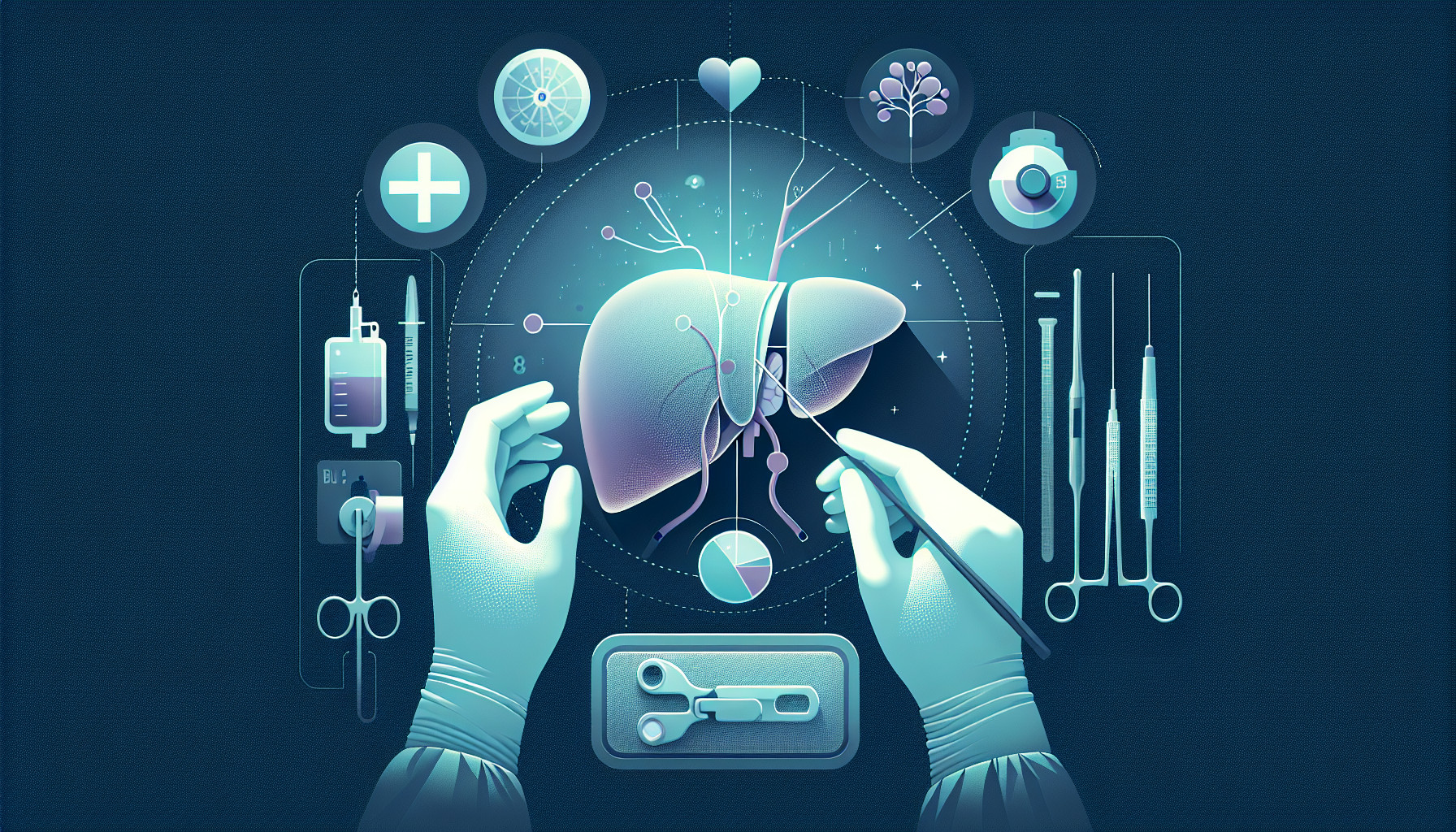Our Summary
This research paper discusses the changes in liver transplant wait times and mortality rates after the implementation of the Share 35 policy in 2013. The waiting time for patients with a MELD score of 35 or higher decreased from 18 days in 2012 to 9 days in 2014. Similarly, the death rate for these patients also decreased. The paper also notes that the number of children waiting for a liver transplant has decreased since 2005, and that the number of liver transplants from deceased donors peaked in 2008. The survival rate for children receiving liver transplants from both deceased and living donors has improved.
FAQs
- What is the Share 35 policy and when was it implemented?
- How has the wait time for liver transplants changed since the implementation of the Share 35 policy?
- What has been the trend in survival rates for children receiving liver transplants from deceased and living donors?
Doctor’s Tip
One helpful tip that a doctor might give a patient about pediatric liver transplant is to follow a healthy lifestyle and adhere to any prescribed medications and treatments post-transplant to ensure the best possible outcome. It is also important for the patient and their family to closely follow up with their healthcare team for regular check-ups and monitoring to catch any potential issues early on. Additionally, maintaining open communication with the healthcare team about any concerns or changes in health is crucial for successful long-term recovery after a liver transplant.
Suitable For
Patients who are typically recommended for pediatric liver transplant are those with end-stage liver disease, acute liver failure, metabolic liver disease, or liver cancer. These patients may have symptoms such as jaundice, fatigue, abdominal swelling, itching, or confusion. They may also have complications such as ascites, variceal bleeding, encephalopathy, or hepatorenal syndrome.
In addition, patients who have failed medical management or other treatments for their liver disease may be considered for a liver transplant. This includes patients who have not responded to medications, dietary changes, or other interventions. Patients who are at risk of liver-related complications or death without a transplant may also be recommended for a liver transplant.
Overall, the decision to recommend a pediatric liver transplant is based on a thorough evaluation of the patient’s medical history, current health status, and potential for a successful transplant outcome. The goal is to provide the best possible care and improve the patient’s quality of life and long-term survival.
Timeline
Before pediatric liver transplant:
- Patient is diagnosed with a liver disease or condition that is not responding to medical treatment
- Patient undergoes various tests and evaluations to determine if a liver transplant is necessary and if they are a suitable candidate
- Patient is placed on the national transplant waiting list and their MELD score is calculated to determine priority
- Patient waits for a suitable donor match to become available
After pediatric liver transplant:
- Patient undergoes the liver transplant surgery, which typically takes several hours
- Patient is closely monitored in the intensive care unit immediately following the surgery
- Patient stays in the hospital for a period of time for recovery and to monitor for any complications
- Patient will need to take immunosuppressive medications for the rest of their life to prevent rejection of the transplanted liver
- Patient will have regular follow-up appointments and monitoring to ensure the success of the transplant and to address any potential complications.
What to Ask Your Doctor
- What are the risks and benefits of a pediatric liver transplant for my child?
- How long is the waiting time for a liver transplant for my child?
- What is the success rate of pediatric liver transplants at this hospital?
- What is the experience of the medical team in performing pediatric liver transplants?
- How will my child’s quality of life be affected after the transplant?
- What is the follow-up care and monitoring needed after the transplant?
- What are the potential complications or side effects of the transplant?
- Are there any alternative treatments or options available for my child’s condition?
- How long is the recovery process after a pediatric liver transplant?
- What is the long-term prognosis for my child after a liver transplant?
Reference
Authors: Kim WR, Lake JR, Smith JM, Skeans MA, Schladt DP, Edwards EB, Harper AM, Wainright JL, Snyder JJ, Israni AK, Kasiske BL. Journal: Am J Transplant. 2016 Jan;16 Suppl 2:69-98. doi: 10.1111/ajt.13668. PMID: 26755264
